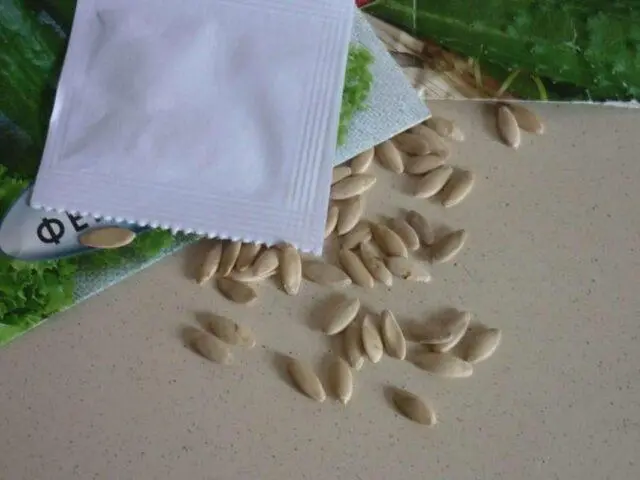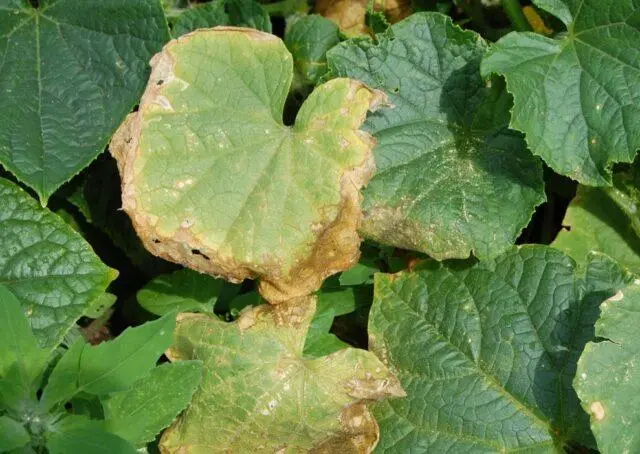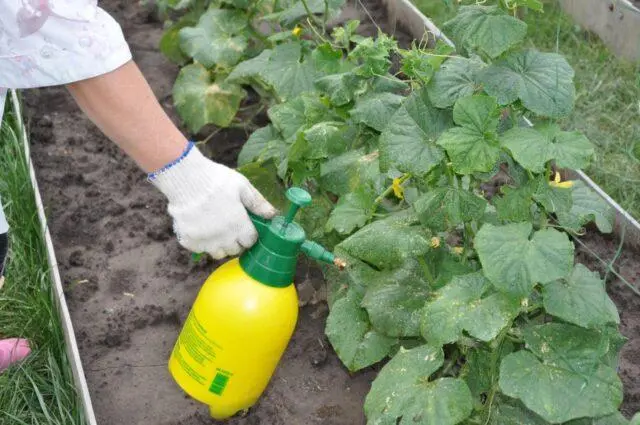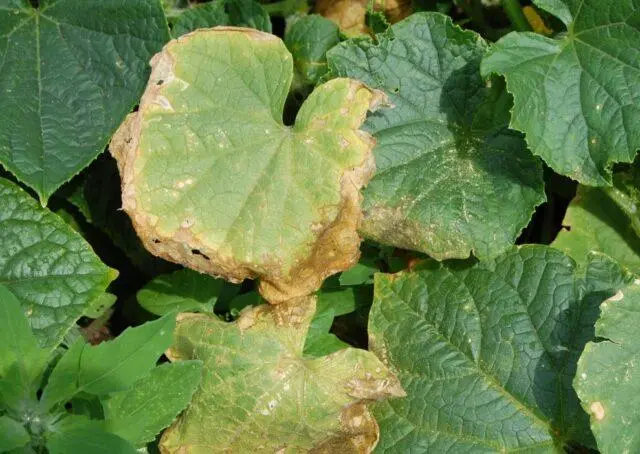Contents
- Why cucumbers need succinic acid
- Features of the preparation of the solution
- Methods of application and dosage of succinic acid for cucumbers
- Features of the use of succinic acid for cucumbers in a greenhouse
- When is it better not to use succinic acid
- Safety Precautions
- Solution storage conditions
- Common mistakes
- Conclusion
- Reviews on the use of succinic acid for feeding cucumbers
Watering cucumbers with succinic acid increases the germination of seeds, promotes adaptation of seedlings to temperature changes, diseases and pests. The drug works as a natural growth stimulant. It is applied by processing and watering (foliar and root method).
Why cucumbers need succinic acid
Succinic acid is one of the popular drugs that can be easily bought at any pharmacy. It is used for processing cucumbers – seeds, seedlings and adult plants. The solution is used as foliar and root top dressing. Regular processing helps to solve several problems at once:
- improvement of soil composition, especially on alkaline soil with a pH greater than 7,0;
- protection of tissues from toxic substances;
- increasing the efficiency of cellular respiration;
- significant increase in seed germination;
- increased adaptation when growing cucumbers in a greenhouse or in open ground;
- increase immunity to pests and diseases;
- rapid ripening of cucumbers;
- blocking the accumulation of nitrates and other harmful substances in fruits;
- accelerated growth of roots and shoots.
Succinic acid is used to fertilize cucumbers at the fruiting stage. It is a natural stimulant. The drug is affordable, easily diluted in water. At the same time, it is better to buy powder than tablets. Although both forms dissolve well in a hot liquid. It is more convenient to measure the right amount with tablets.
Features of the preparation of the solution
When preparing a solution of succinic acid for feeding cucumbers, it is necessary to take into account the dosage of the drug per bucket of water. It depends on the purpose of using the drug:
- for the treatment of cucumber seeds, a solution with a concentration of 0,2% is used;
- for spraying seedlings before transplanting into the ground – 0,5%;
- for better flowering – 1%;
- for the treatment of diseases, the maximum dose is used – 2,5%.

In pharmacies, the drug is sold in the form of tablets weighing 0,25 g and 0,5 g, and in stores for summer residents – in the form of loose powder
The content of the active substance, as a rule, is 0,1 g (100 mg), the rest is starch and other auxiliary components. Therefore, when diluting a solution of succinic acid for processing cucumbers, it is necessary to focus on the indicator of 0,1 g.
The table shows the recommended amount of the drug for a standard bucket of water 10 liters.
Solution concentration | Active ingredient, g | Number of tablets, pcs. |
0,02% | 2 | 20 |
0,5% | 5 | 50 |
1,0% | 10 | 100 |
2,5% | 25 | 250 |
The substance is not toxic, so a small increase in concentration will not lead to adverse effects.
When diluting succinic acid for processing cucumbers, follow these instructions:
- Measure the required amount of the drug – it is most convenient to count in tablets.
- Get the mother concentrated solution. To do this, take hot water in an amount of not more than 1 liter and place the tablets.
- Mix thoroughly, allow to dissolve completely.
- Bring to a total volume of 10 l and mix again.
- Pour through a funnel into a sprayer and start spraying cucumbers in a greenhouse or in open ground.
Methods of application and dosage of succinic acid for cucumbers
Succinic acid is used for processing and watering cucumbers at all stages of cultivation. Processing increases germination and improves plant adaptation to adverse weather conditions. This results in higher yields.
seed Processing

For the treatment of cucumber seeds, a weak solution with a concentration of 0,2% is used.
Since for this it is necessary to prepare small volumes of liquid, calculations are carried out for 1 liter. It is enough to take two tablets and dilute in a small amount of hot water, stir, and then bring to a total volume of 1 liter.
Next, dry seeds are taken and soaked in the resulting liquid for 12-24 hours. Immediately after that, they are planted on seedlings or directly in the ground.
Treatment of seedlings
The seedlings are treated with a more concentrated liquid – 0,5%, i.e. should take 50 tablets per 10 liters. The cooking rules are exactly the same. Next, they act like this:
- The grown seedlings after picking are sprayed once from the sprayer.
- On the day of transplanting into the ground or into the greenhouse, the seedlings are watered, i.e. apply top dressing by the root method. This will help increase adaptation to adverse temperatures, which is especially important for regions with short summers (Siberia, the Urals).
Watering fruit-bearing cucumbers
Succinic acid for cucumbers is also used for irrigation at the fruiting stage. In this case, use a standard solution with a concentration of 0,2%. Top dressing is applied by the root method, watering the plants with warm, settled water.
Spraying
For the treatment and prevention of diseases, cucumbers can be sprayed with a concentrated liquid – 2,5%. Processing is carried out foliarly in the early morning or late evening.
Features of the use of succinic acid for cucumbers in a greenhouse
When working in a greenhouse, spraying is done in the same way. But in this case, you can not focus on the weather and carry out processing even on a rainy or cloudy day.
However, it is worth considering that both foliar and root dressing are applied with a lot of water. Therefore, the greenhouse must be regularly ventilated, especially in hot weather. After abundant watering, it is recommended to loosen the soil so that it does not compact.

After processing, the greenhouse must be ventilated
When is it better not to use succinic acid
If it is known in advance that the soil in the area is acidic, its pH is less than 6,0, succinic acid is used with caution. If the soil is too acidic (pH less than 5,5), the use of the drug should be discarded.
In the case of perennials, it should be borne in mind that treatments are carried out only in spring and in the first half of summer. The acid serves as a natural growth stimulant. Therefore, its use in August and autumn is excluded.
Safety Precautions
By itself, succinic acid is safe for humans and plants. But a concentrated solution can cause burns to the mucous membranes of the eyes. Therefore, when working, you need to observe certain precautions:
- place containers on a flat surface;
- work only with gloves;
- exclude children.
Processing cucumbers with a weak solution can be carried out without gloves, masks and other protective equipment. You should not be afraid that the solution will get on your hands.
Solution storage conditions
It is advisable to use the prepared composition for processing cucumbers immediately. If for some reason this cannot be done, it can be left for storage, but not more than three days. It is allowed to keep the solution at room temperature, without direct sunlight on the container.
Common mistakes
Spraying cucumbers with succinic acid is quite simple. But novice gardeners can make some mistakes. Key recommendations:
- First you need to get a concentrated solution. If you just put the right amount of tablets in a large volume (10 l bucket), it will be difficult to stir. In addition, the water in the bucket cools quickly, and the acid may not dissolve completely, which will make the effect worse.
- In the case of regular use of the drug for spraying cucumbers, the soil will inevitably acidify. Therefore, once every 1-2 years, when digging, it is necessary to add slaked lime or dolomite flour in the amount of 150-200 g per 1 m2. If this is not done, the yield will also decrease, and the taste of cucumbers will deteriorate.
- When grown outdoors, spraying should be done early in the morning or late in the evening, and the weather should be dry and calm. Otherwise, precipitation will quickly wash off the drug from the leaves, and the expected effect will not be.
- To combat diseases, the use of succinic acid is not recommended. The solution must be concentrated, and this involves the use of a large number of tablets, which will lead to acidification of the soil. It is better to use folk remedies or special insecticides.
- Cucumbers should be watered with warm water. Therefore, when obtaining a solution, you need to work only with a liquid at room temperature. If you are not sure, at the first stage you can check with a thermometer.

In order not to burn the leaves of cucumbers, processing should be carried out at sunset.
Conclusion
Watering cucumbers with succinic acid helps seedlings to quickly grow stronger when transplanted into a greenhouse or open garden. The growth of green mass and roots is faster, so you can collect cucumbers earlier. However, when using the drug, dosages should be taken into account so as not to harm plants and soil.









